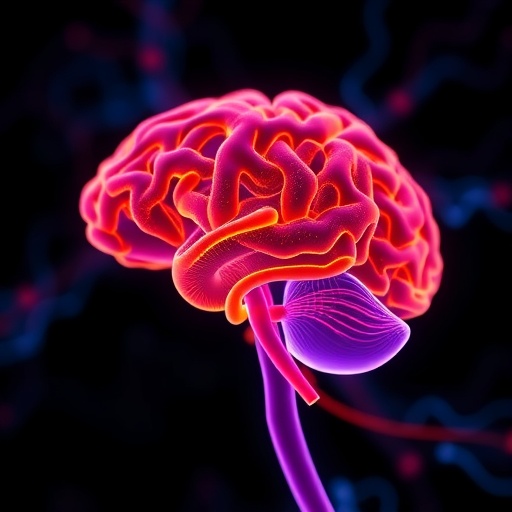PHILADELPHIA – When tissue is damaged, one of the body's first inflammatory immune-system responders are macrophages, cells which are commonly thought of as "construction workers" that clear away damaged tissue debris and initiate repair. However, prolonged inflammation promotes the progression of many diseases, including obesity. Now, a common class of drugs used to treat diabetes has been found to exert a powerful check on macrophages by controlling the metabolic fuel they use to generate energy. Keeping macrophages from going overboard on the job may inhibit the onset of obesity and diabetes following tissue inflammation. These findings are detailed in a study published online this month in Genes and Development led by Mitchell Lazar, MD, PhD, director of the Institute for Diabetes, Obesity, and Metabolism in the Perelman School of Medicine at the University of Pennsylvania.
Overnutrition, an excess intake of calories which can lead to obesity, causes a buildup of fat that can significantly damage tissues. When this happens, macrophages infiltrate the affected tissues, sequester free fatty acids, and help repair damaged tissue–essentially acting as a protector of the body during times of metabolic stress. However, extended stress on these tissues activates inflammatory characteristics in macrophages that contribute to several systemic effects of obesity including diabetes, atherosclerosis, and cardiovascular disease.
Diabetes drugs called thiazolidinediones (TZDs) control gene expression by targeting a factor called PPAR gamma. "It was known that PPAR gamma is important for macrophages to enter an active state to reduce inflammation and promote wound healing," said co-first author Victoria Nelson, PhD, postdoctoral fellow in Lazar's lab. "But we wanted to know if this was controlled through macrophage metabolism."
Lazar's team found that the TZDs, working through PPAR gamma, promote the metabolism of an amino acid called glutamine, a protein building block necessary for macrophage activation. The team found that macrophages lacking PPAR gamma are unable to use glutamine as an energy source and therefore are more susceptible to inflammatory stimulation.
"These findings are highly relevant to treatment strategies that use TZDs for diabetes and enhance the justification for using TZDs to treat systemic inflammation that accompanies many types of disease, including obesity and diabetes," Lazar said.
###
The study was led by Nelson and Hoang C.B. Nguyen, along with Erika R. Briggs, Wesley Y. Ho, Joanna R. Dispirito, Jill M. Marinis, and David A. Hill, all from Penn. Juan C. Garcìa-Cañaveras of Princeton University, is also an author.
The study was supported by the National Institutes of Health (R01DK049780-24), and an American Heart Association Training Grant (16POST29680002).
Penn Medicine is one of the world's leading academic medical centers, dedicated to the related missions of medical education, biomedical research, and excellence in patient care. Penn Medicine consists of the Raymond and Ruth Perelman School of Medicine at the University of Pennsylvania (founded in 1765 as the nation's first medical school) and the University of Pennsylvania Health System, which together form a $7.8 billion enterprise.
The Perelman School of Medicine has been ranked among the top medical schools in the United States for more than 20 years, according to U.S. News & World Report's survey of research-oriented medical schools. The School is consistently among the nation's top recipients of funding from the National Institutes of Health, with $405 million awarded in the 2017 fiscal year.
The University of Pennsylvania Health System's patient care facilities include: The Hospital of the University of Pennsylvania and Penn Presbyterian Medical Center — which are recognized as one of the nation's top "Honor Roll" hospitals by U.S. News & World Report — Chester County Hospital; Lancaster General Health; Penn Medicine Princeton Health; Penn Wissahickon Hospice; and Pennsylvania Hospital – the nation's first hospital, founded in 1751. Additional affiliated inpatient care facilities and services throughout the Philadelphia region include Good Shepherd Penn Partners, a partnership between Good Shepherd Rehabilitation Network and Penn Medicine, and Princeton House Behavioral Health, a leading provider of highly skilled and compassionate behavioral healthcare.
Penn Medicine is committed to improving lives and health through a variety of community-based programs and activities. In fiscal year 2017, Penn Medicine provided $500 million to benefit our community.
Media Contact
Karen Kreeger
[email protected]
215-459-0544
@PennMedNews
http://www.uphs.upenn.edu/news/
http://dx.doi.org/10.1101/gad.312355.118



